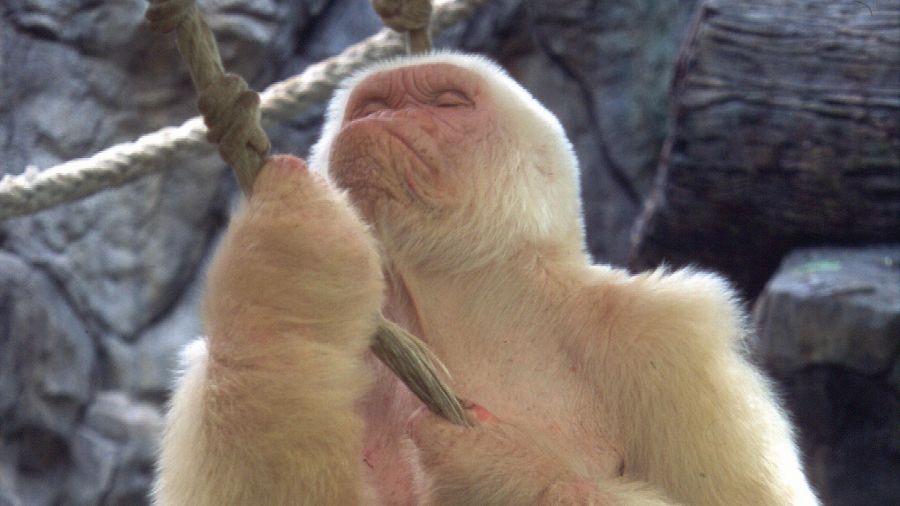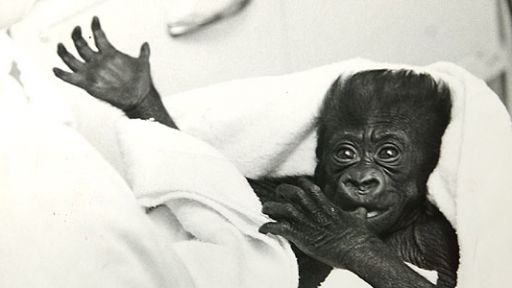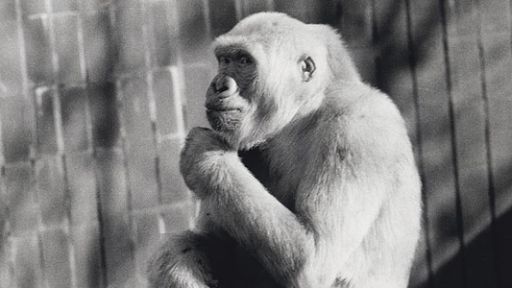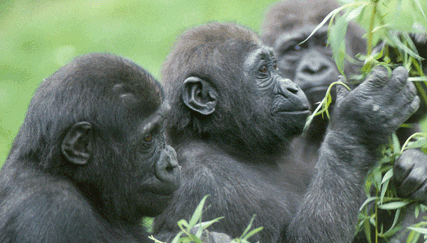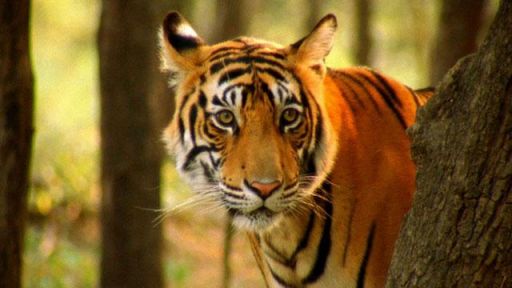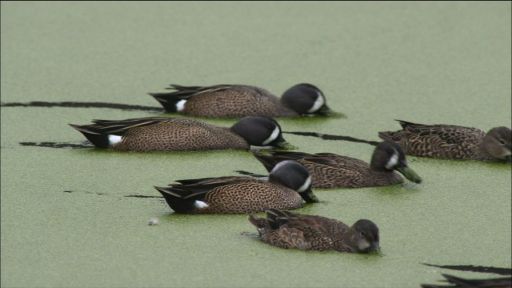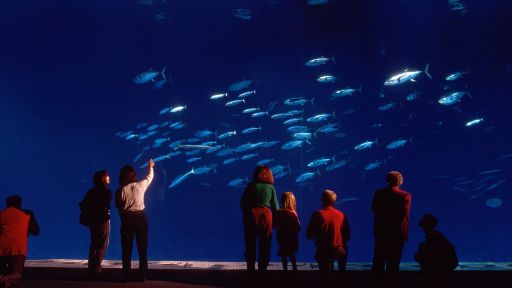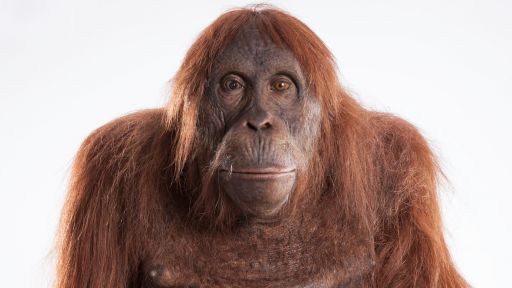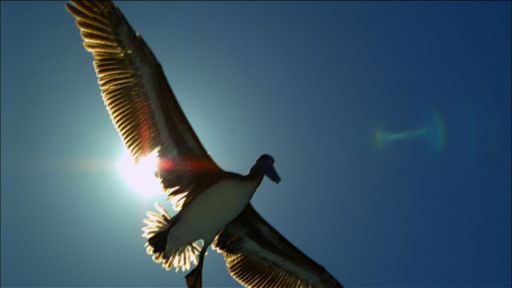For nearly 40 years an albino gorilla named Snowflake was adored by people around the world.
In 1967, local villagers in Africa’s Equitorial Guinea captured a remarkable baby gorilla. This young male was unlike any gorilla the villagers had seen before; instead of the thick brown fur of most gorillas, this baby had a coat of pure white. Through a series of fortunate circumstances, the rare white gorilla ended up at the Barcelona Zoo, where he became an international star. He was given the Spanish name Copito de Nieve and the English name Snowflake.
NATURE’s Snowflake: The White Gorilla tells the story of this remarkable animal, from his loving upbringing by humans to his eventual death from skin cancer in 2003. It also tracks the revolutionary changes in our understanding of how best to care for gorillas that have taken place during Snowflake’s lifetime.
Captive gorillas were once confined to solitary cells and fed meat. Today, some zoos spend millions constructing environments that are more in keeping with gorillas’ natural habitats, where the animals can live in groups as they do in the wild. We now know that gorillas are vegetarians and have adapted feeding practices accordingly. Since 1956, when the first baby gorilla was born in captivity at an Ohio zoo, zoos have developed new and better ways to nurture gorilla families.
Let NATURE’s Snowflake: The White Gorilla take you on a fascinating excursion into this remarkable world and introduce you to history’s only known albino gorilla.

